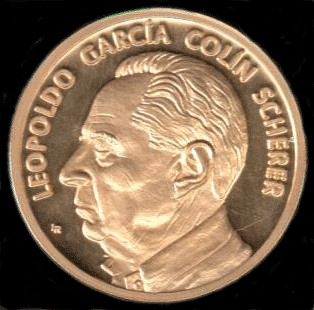Description
Two-dimensional (2D) van der Waals (vdW) heterostructures are a new realm of materials with potential applications and fascinating physical properties. Besides graphene (G), transition metal dichalcogenides (TMDCs) have been considered as promising building blocks in 2D vdW heterostructures with improved and new properties. The vertical stacking of at least two atomic monolayers bonded by vdW forces with different electronic behavior, i.e. G/TMDC, leads to new hybrid nanostructures. In principle, hybrids could retain the main advantages of pristine monolayers at the same time that they might achieve superior and unusual properties which cannot be obtained otherwise. In recent years, the combination of G and TMDCs, such as tungsten disulfide (WS2) and molybdenum disulfide (MoS2) have attracted increasing interest as promising building blocks for future electronics, photonics and optoelectronic devices. First, we present a general unfolding method for the electronic bands of systems with double-periodicity. Within density functional theory with atomic orbitals as basis-set, our method takes into account two symmetry operations of the primitive cell: a standard expansion and a single rotation, letting to elucidate the physical effects associated to the mutual interactions between systems with more than one periodicity. As a result, our unfolding method allows studying the electronic properties of vertically stacked homo- or heterostructures. Then, we apply our method to study G/WS2 heterostructures with different interlayer angles. Our unfolding method allows observing typical mini gaps reported in heterostructures, as well as other electronic deviations from pristine structures, impossible to distinguish without an unfolding method. We anticipate that this unfolding method can be useful to compare with experiments to elucidate the electronic properties of two-dimensional homo- or heterostructures, where the interlayer angle can be considered as an additional parameter.

